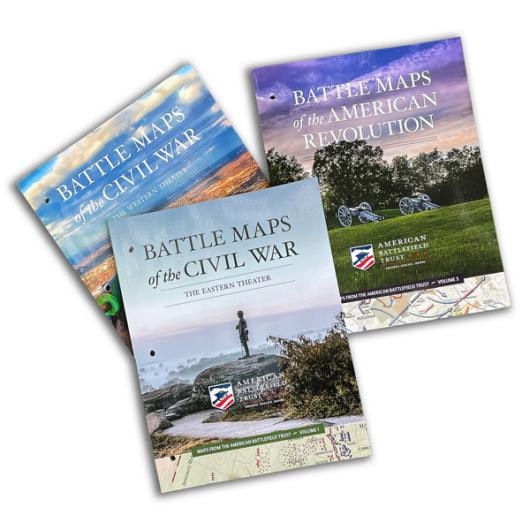A Short History of the Battlefield Preservation Movement
The idea of protecting America’s battlefields is not new. In the mid-19th century, portions of the Revolutionary War battlefields at places like Bunker Hill and Yorktown were set aside as a means of remembrance. Civil War veterans began erecting memorials to their units and fallen brothers almost as soon as the guns fell silent.
By 1900, five national battlefield parks — at Antietam, Chickamauga and Chattanooga, Gettysburg, Shiloh and Vicksburg — had been established under the auspices of the War Department. Gradually, additional parks were created at places like Cowpens, Guilford Court House, Fort McHenry, Fort Donelson and Petersburg, all of which were transferred to the control of the National Park Service in 1933. The so-called “cannonball circuit” continued to grow through the Civil War centennial commemoration in the 1960s, but federal battlefield preservation efforts then began to stall.
At the same time, the pace of urban and suburban development in America escalated, leading to the destruction of battlefield land virtually across the map. Witnessing commercial and residential construction destroying these historic sites, local preservation and park friends groups began to take shape and advocate for their protection. But there was no unified voice and success was both scattered and limited; entire battlefields like Chantilly and Salem Church, both Civil War sites in central Virginia, were all but swallowed by sprawl.
In July 1987, twenty or so stalwart souls met in Fredericksburg, Va., to discuss what could be done to protect the rapidly disappearing battlefields around them. Calling themselves the Association for the Preservation of Civil War Sites (APCWS), they decided the only way to save these sites for posterity was to buy the physical landscapes themselves. As word of these private efforts to protect battlefields spread among the Civil War community, both membership and accomplishment lists began to grow steadily.
In 1999, seeking to increase the scope of preservation opportunities that could be pursued, that first group merged with another organization sharing its vision — founded in 1991 as the American Battlefield Protection Foundation — merged to form the Civil War Preservation Trust. On the eve of the war’s sesquicentennial commemoration in 2011, the group shortened its name to the Civil War Trust.
With a single organization combining the influence and resources of its two successful predecessors, a battlefield preservation revolution began. By mastering the art of seeking out public-private partnerships to maximize efficiency and working with developers and find win-win solutions, the Civil War Trust became the number one entity saving battlefield land in America, protecting land at a rate four times that of the National Park Service.
In 2014, responding to a clear need and overtures from the National Park Service, the Civil War Trust launched Campaign 1776, a limited scope project to lend its considerable expertise and clout to the protection of battlefields associated with the Revolutionary War and the War of 1812. The outpouring of support was immediate, demonstrating overwhelming public desire for a comprehensive and unified approach to heritage land preservation.
In May 2018, having concluded its 30th anniversary year, the group unveiled a new organizational structure, in which the Civil War Trust and the Revolutionary War Trust would operate as land preservation divisions under the banner of a broader American Battlefield Trust. The new umbrella name, logo and tagline — Preserve. Educate. Inspire. — better reflect the broader mission and goals into which the Trust organically evolved over three decades.









